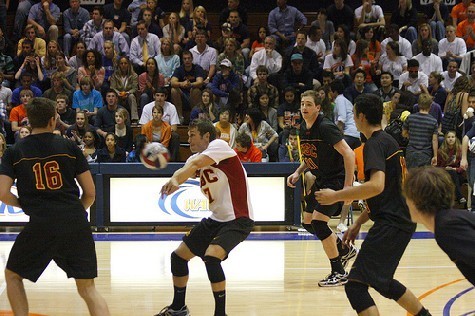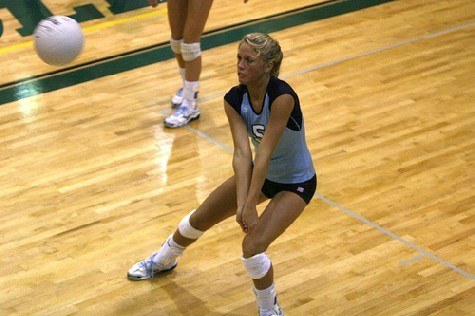Training For Volleyball – Top Tips To Constantly Improve
When you are training for volleyball, it is important to do the right things or you are going to hit a performance plateau. There is nothing more frustrating than working and not improving. These steps will help you continuously improve.
Volleyball Training Formula
When training players, I like to follow the following formula so that they consistently improve over the course of a season:
Use a variety of volleyball drills during practice – This one is so critical. In any sport, when you keep doing the same things over and over, your body becomes acclimated and that is one easy way to plateau. If you want to improve you need to constantly challenge yourself.
 As a coach, I recommend that you constantly find new drills that will challenge your players while working on the fundamentals that they need for their progression. There are so many places, including this website, where you can find new drills for them to work on.
As a coach, I recommend that you constantly find new drills that will challenge your players while working on the fundamentals that they need for their progression. There are so many places, including this website, where you can find new drills for them to work on.
Use a variety of conditioning when training for volleyball – I see many coaches and players make this mistake too. It is so easy as an athlete to plateau because people usually develop a training “routine” and their body is never pushed outside the comfort zone.
I am sorry to tell you, but you cannot improve as an athlete if you constantly do the same workouts. Not only will your improvement suffer, but you will probably get bored. After all, variety is the spice of life.
Once again, you must do those things that will challenge you. Do various weight training exercises, cardiovascular exercises, and jump training workouts.
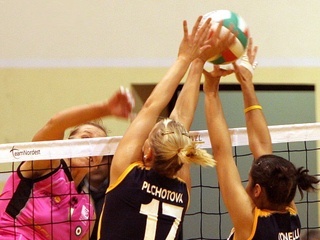 Practice hard like it is the last match you will ever play – Players will play they way that they practice. When you are training for volleyball, it is absolutely critical to improve the way that you practice.
Practice hard like it is the last match you will ever play – Players will play they way that they practice. When you are training for volleyball, it is absolutely critical to improve the way that you practice.
I want to see players that are pushing themselves. That perform well day in and day out because they have an inner desire to achieve excellence. I am a competitor and I will do anything I can to help the team win. When you take this attitude to practice you will find it easier to push yourself to achieve.
All of these points really boil down to how badly you want to be successful on the court. If you aren’t working hard, I can promise you that someone else will be.

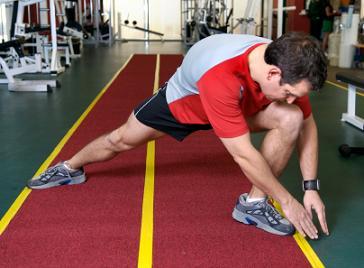 1. Athletes that are flexible tend to be injured less frequently – When you have flexible muscles, they are able to withstand more wear and tear that will occur during the season. This does not mean that you are not going to be injured. It simply means that you are putting the odds in your favor.
1. Athletes that are flexible tend to be injured less frequently – When you have flexible muscles, they are able to withstand more wear and tear that will occur during the season. This does not mean that you are not going to be injured. It simply means that you are putting the odds in your favor.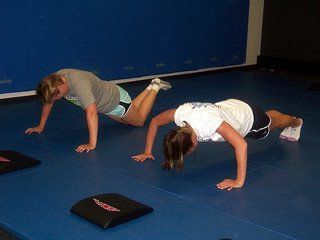 Take the time to strengthen your shoulders. Push ups are a great way to strengthen shoulders and arms. I recommend traditional push ups and pike push ups (instead of being in a plank position, your butt is in the air and you do push ups that way) as great ways to increase your shoulder strength.
Take the time to strengthen your shoulders. Push ups are a great way to strengthen shoulders and arms. I recommend traditional push ups and pike push ups (instead of being in a plank position, your butt is in the air and you do push ups that way) as great ways to increase your shoulder strength.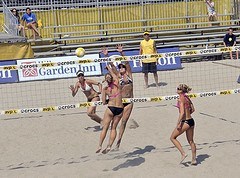 This is roughly 25 years after the indoor version started and the original indoor game was called mintonette (most people aren’t aware of that).
This is roughly 25 years after the indoor version started and the original indoor game was called mintonette (most people aren’t aware of that).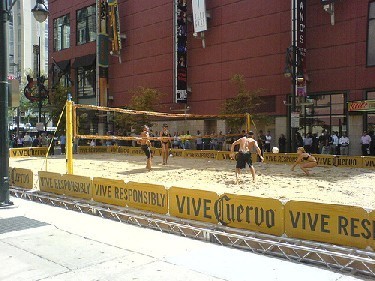 One of the signature aspects of beach volleyball happened in 1979 when the King of the Beach tournament started. Over the years, this became one of the most popular events for beach volleyball every year.
One of the signature aspects of beach volleyball happened in 1979 when the King of the Beach tournament started. Over the years, this became one of the most popular events for beach volleyball every year.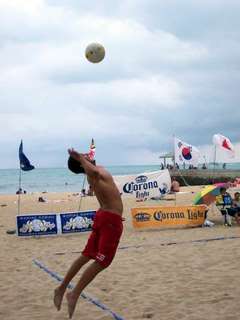 The communication also comes in how well you listen to your partner. When you are hitting, they should be calling out where to hit. They should also be calling out the balls that they are going to play. Remember that communication is more than just talking; it also requires listening.
The communication also comes in how well you listen to your partner. When you are hitting, they should be calling out where to hit. They should also be calling out the balls that they are going to play. Remember that communication is more than just talking; it also requires listening.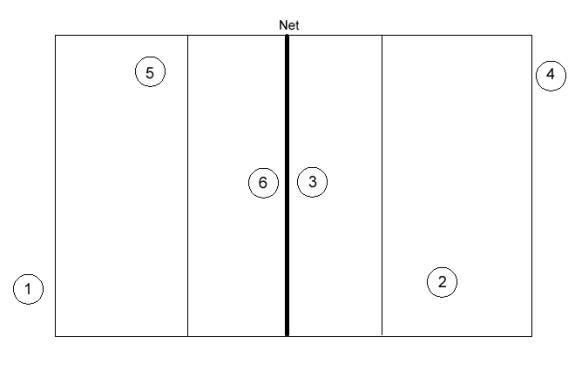
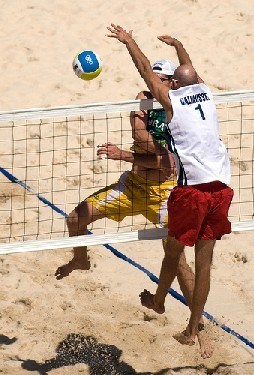 When I first started playing beach volleyball, I was a better hitter and passer than my partner. However, my setting skills were very below average since I had spent all of my time playing volleyball as a middle blocker. I didn’t set the ball hardly at all. So, when people would play against us, they would use this beach volleyball strategy to serve my partner all the time. This forced me to set (which usually was a bad set on top of the volleyball net) and it forced him to hit whatever ball he got. They got a lot of easy points until my setting game caught up to the rest of my skills.
When I first started playing beach volleyball, I was a better hitter and passer than my partner. However, my setting skills were very below average since I had spent all of my time playing volleyball as a middle blocker. I didn’t set the ball hardly at all. So, when people would play against us, they would use this beach volleyball strategy to serve my partner all the time. This forced me to set (which usually was a bad set on top of the volleyball net) and it forced him to hit whatever ball he got. They got a lot of easy points until my setting game caught up to the rest of my skills.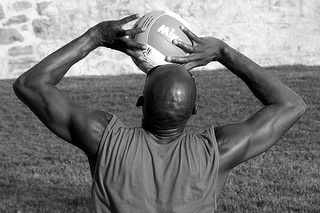 If there was a violation (net violation, out of rotation, etc.) then it followed the same rules as with the points. If the violation was against the non-serving team, then the serving team would get a point. If the violation were against the serving team, then it would be a side out and the other team would serve.
If there was a violation (net violation, out of rotation, etc.) then it followed the same rules as with the points. If the violation was against the non-serving team, then the serving team would get a point. If the violation were against the serving team, then it would be a side out and the other team would serve.